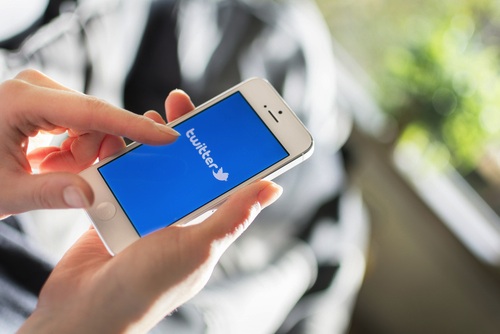Twitter’s Buy Button Starts With Small Commerce

In development since September, Twitter’s “Buy Now” feature is part of this third phase of social media’s integration into the economy of mobile commerce, and for now the company is starting small by limiting it to just movie or concert tickets.
But small purchases may be all Twitter goes after, at least for now.
“I don’t see a whole lot of people fully converting on bigger purchase items that involve a more complex decision process,” said Ori Carmel, marketing manager with Twitter. ‘That will take a little bit more time. And of course, Apple Pay is going to accelerate all that.”
Carmel said there’s no specific timeline to expand in the commercial sector, particularly because new technologies need time to be studied and tweaked before they can branch out, he said. While Twitter may be facing pressure by investors to monetize its service, developing its mobile commerce strategy could be the answer to that problem. But it’s too early to tell.
Led by former Ticketmaster president Nathan Hubbard, the goal of the program is to increase market interactions with Twitter users that follow specific companies, as well to cut down on the monetary and non-monetary transaction costs of buying goods online. By creating a direct to purchase function within Twitter, the company is looking to increase the speed at which people buy certain products off a specific tweet or Facebook posting.
While Twitter is expected to just make $0.85 per sale, nearly 75 percent less than what Facebook makes off sales right from their network, the increased reliance of companies on Twitter for data analytic and gauging customer interactions could quantitatively give Twitter an advantage if introduced methodically and carefully to avoid potential hiccups.
The social commerce market is an emerging technology, so there are a lot of advantages of trying to turn Twitter followers into almost impulsive customers. Social media shopping increased by 60 percent in 2013, while social commerce (like Facebook Marketplace) increased 26 percent in 2014 compared to the year prior, to $293 billion, and this was without the instant buy function becoming popular. If the time between decision and action can be sufficiently reduced without running into errors, this next step in e-commerce would be another market disruption in the payments industry.
